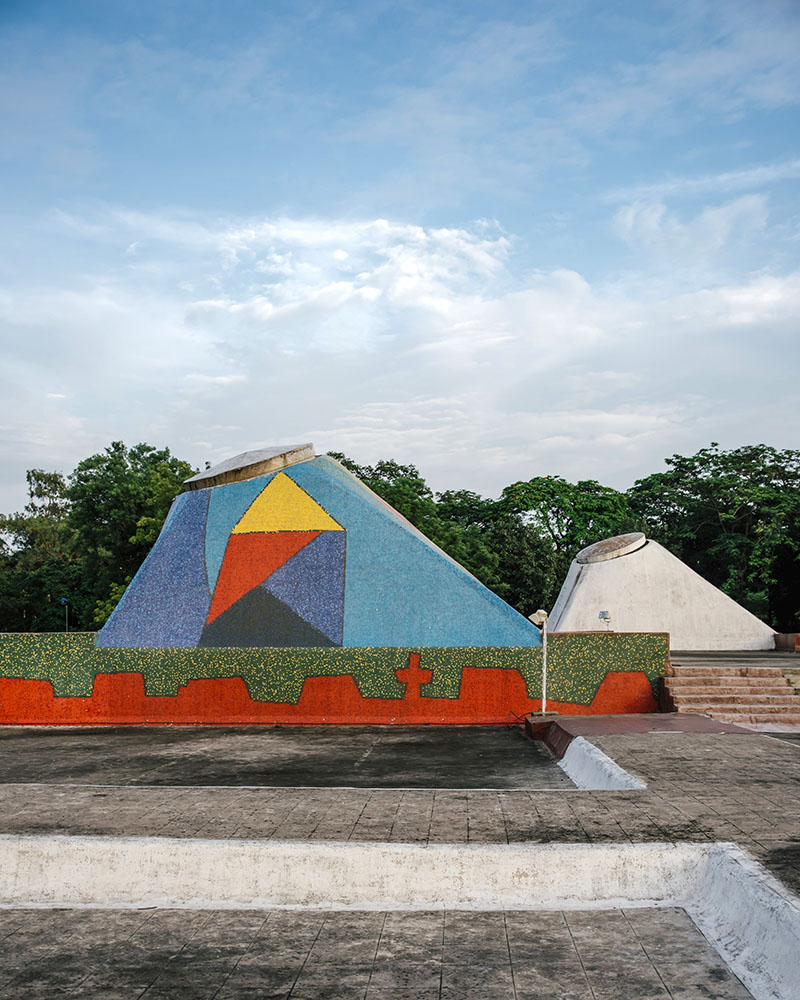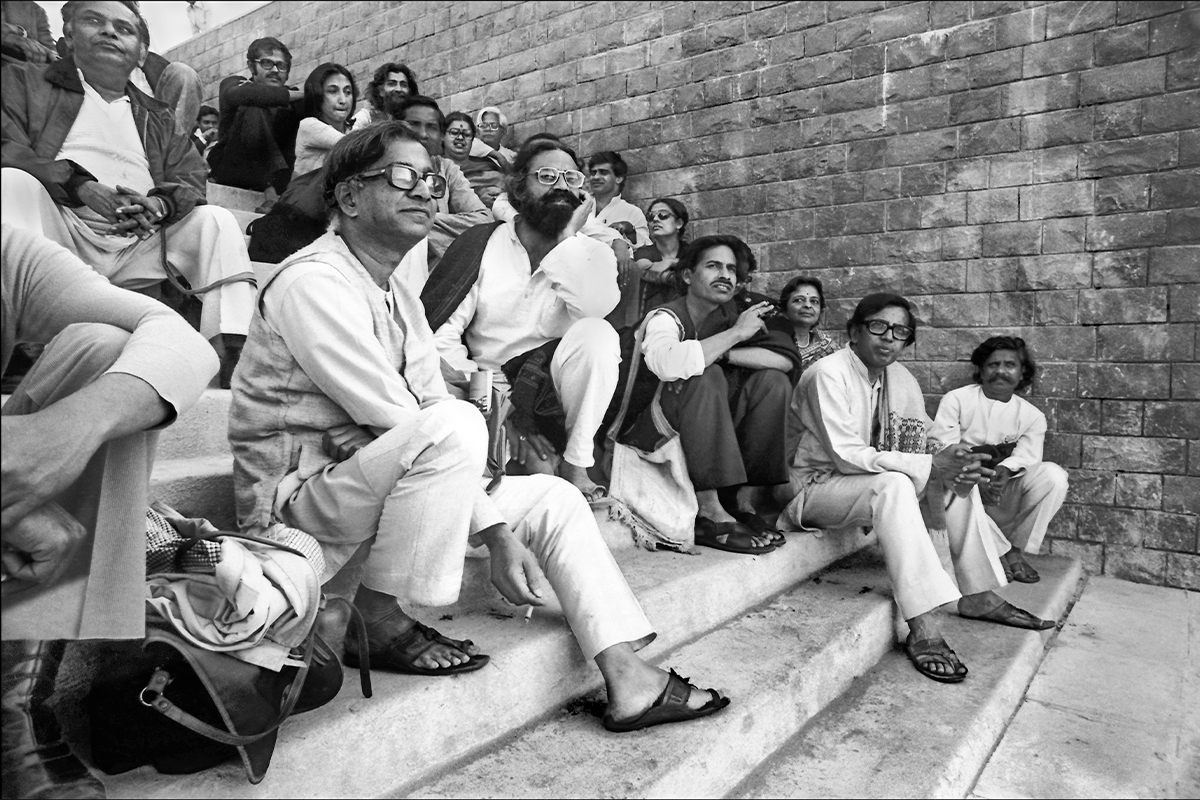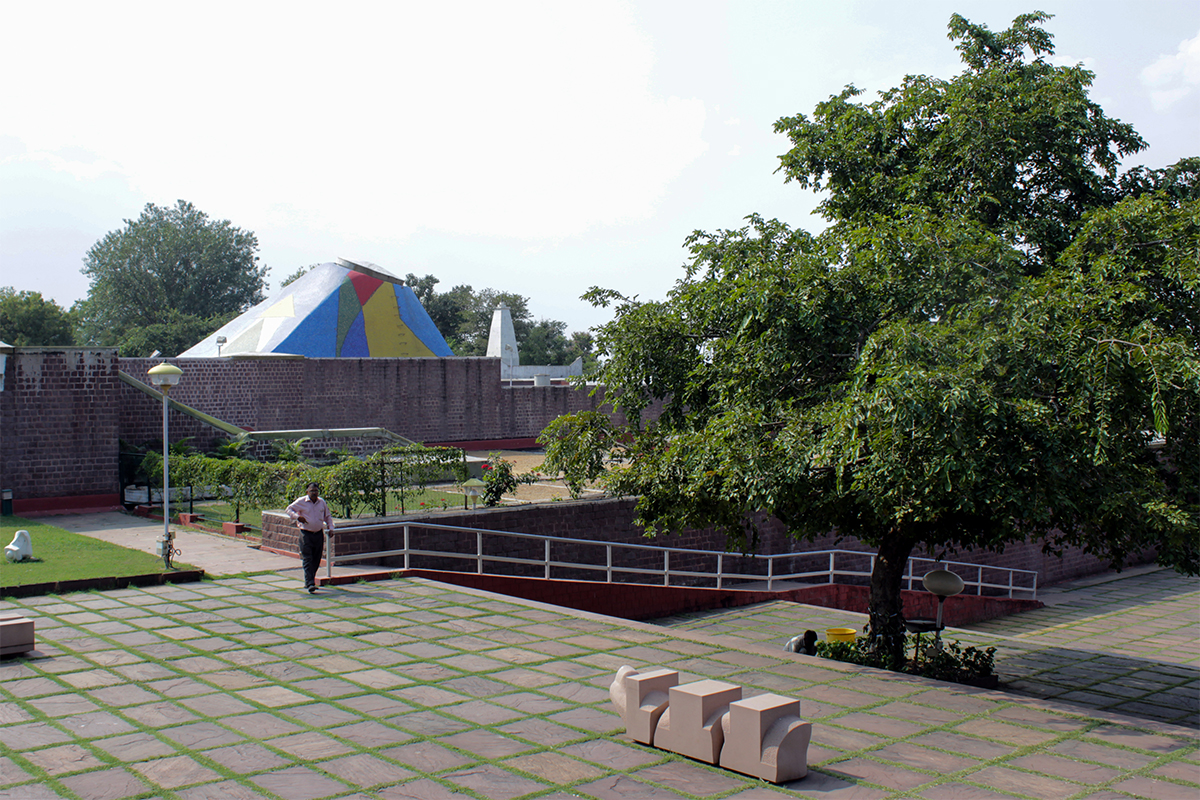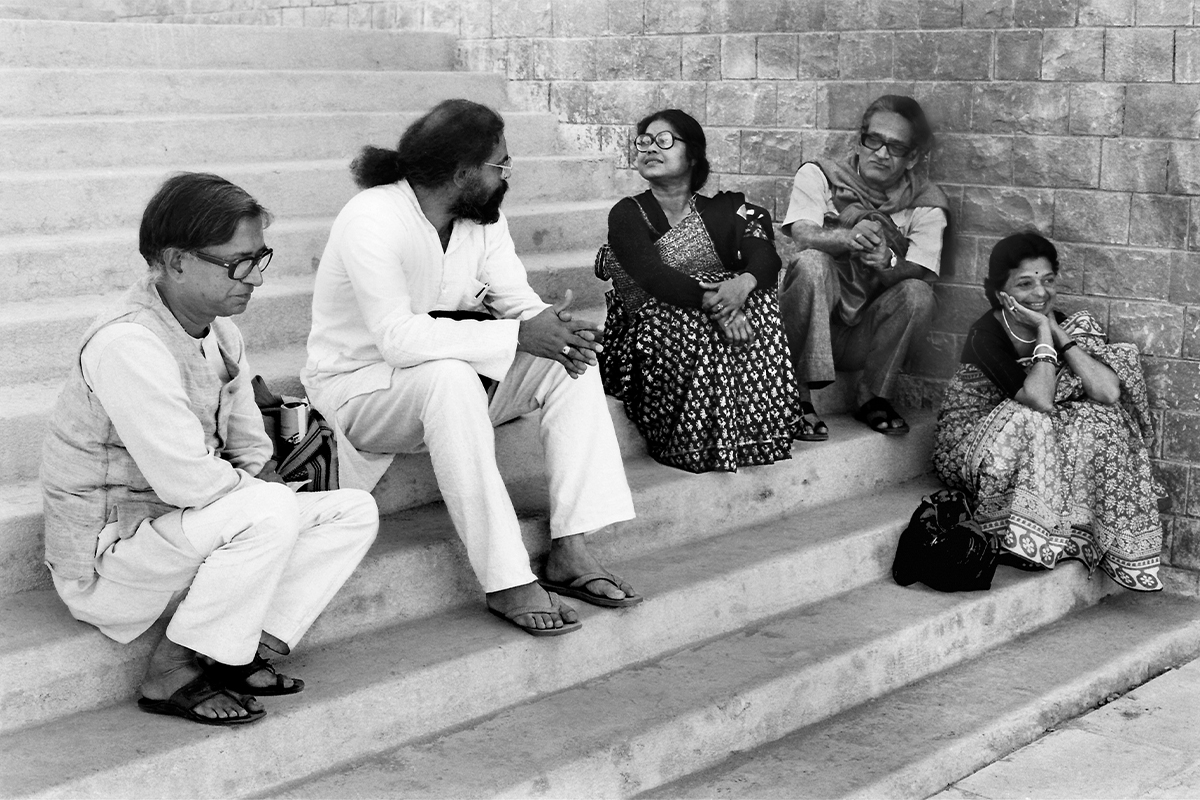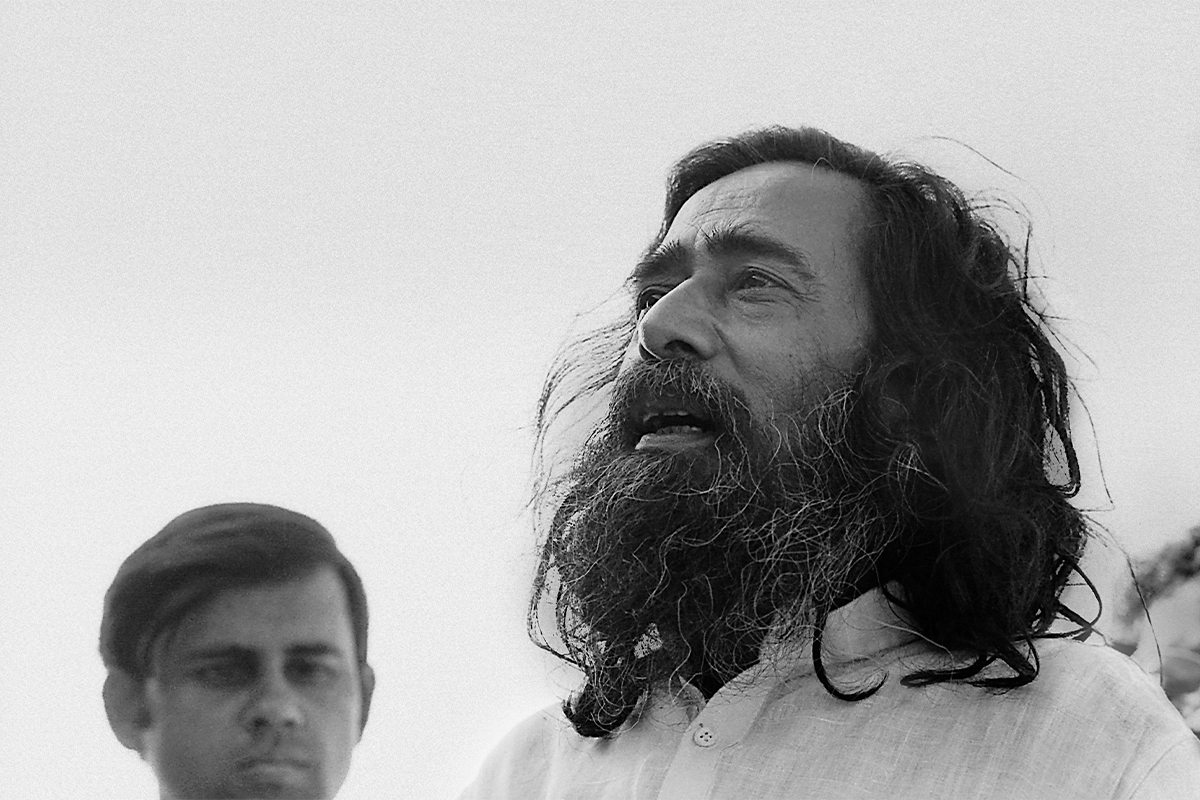ARTICLE
Bharat Bhavan
Besides the Roopankar Museum of Art, Bharat Bhavan has several other wings. Rangmandal is a theatre repertory that mounts productions, organises workshops and hosts symposiums and competitions. The centre for poetry is called Vagarth which has a library of over 13,000 books, including several rare manuscripts, and audio and video recordings. It fosters poetry through readings, discussions, workshops for translation and fellowships for writers. Anhad is the centre for music which brings together Indian classical and folk music as well as music of the indigenous tribes of Madhya Pradesh. More recent additions include Chhavi, a centre for classical cinema which organises film screenings and discussions, and Nirala Srijanpeeth, which is an instituted chair for creative writing.
Bibliography
Our website is currently undergoing maintenance and re-design, due to which we have had to take down some of our bibliographies. While these will be re-published shortly, you can request references for specific articles by writing to hellomapacademy@map-india.org.




